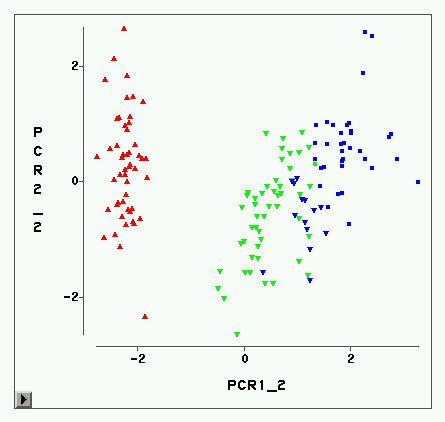The ability for an educational game designer to understand their audience's play styles and resulting experience is an essential tool for improving their game's design. As a game is subjected to large-scale player testing, the designers require inexpensive, automated methods for categorizing patterns of player-game interactions. In this paper we present a simple, reusable process using best practices for data clustering, feasible for use within a small educational game studio. We utilize the method to analyze a real-time strategy game, processing game telemetry data to determine categories of players based on their in-game actions, the feedback they received, and their progress through the game. An interpretive analysis of these clusters results in actionable insights for the game's designers.
翻译:教育性游戏设计师理解其观众游戏风格和由此而来的经验的能力是改善其游戏设计的基本工具。由于游戏要接受大规模玩家测试,设计师需要廉价、自动化的游戏游戏互动模式分类方法。在本文中,我们提出了一个简单、可重复使用的程序,采用数据集合的最佳做法,在小型教育游戏工作室内使用。我们使用这个方法分析实时战略游戏,处理游戏遥测数据,根据游戏动作、收到的反馈和游戏的进展来确定玩家的类别。对这些组合的解读分析为游戏设计师提供了可操作的洞察力。




